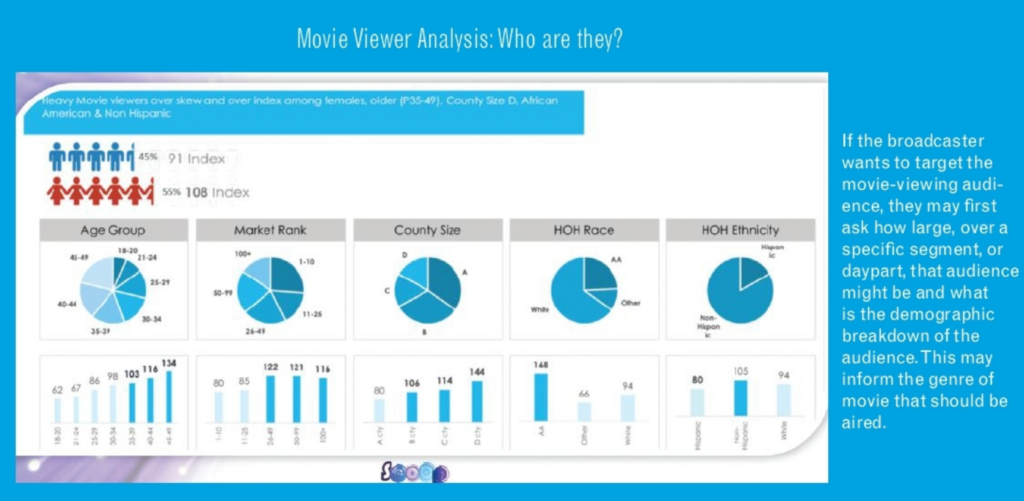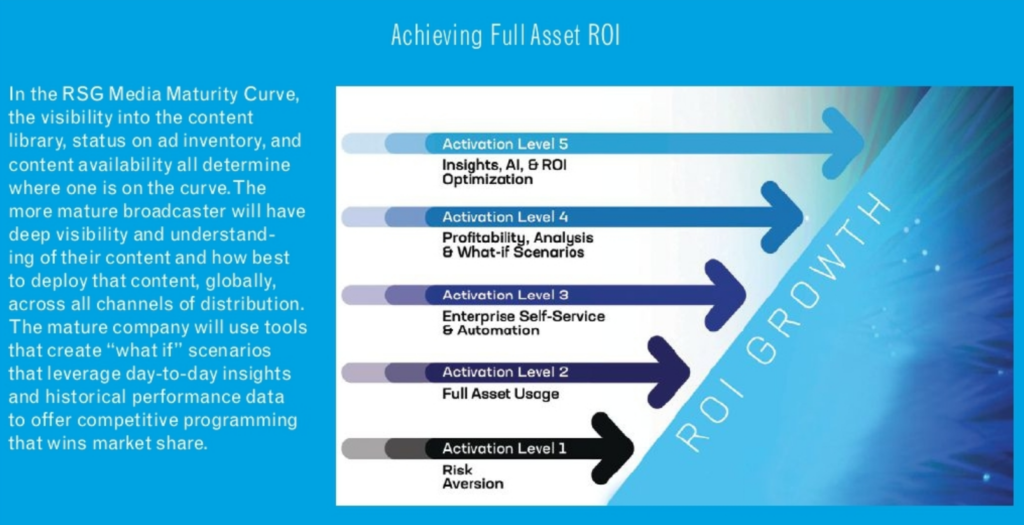Connections

M&E Journal: Artfully Forecasting Intelligent Ratings With Artificial Intelligence
Story Highlights
By Shiv Sehgal, Chief Product Officer, RSG Media –
As we look to the future to TV advertising, one thing is certain: Broadcast networks have had a difficult time fighting the powers of choice and it is this choice that has shaped a new television landscape where audiences can now enjoy a plethora of platforms.
Competition for viewers has challenged traditional content owners and distributors as well as traditional advertisers, as all have experienced an erosion of audience. Broadcasters have had to “guarantee” ratings to keep their advertising rates, relying on a forecasted rating to demonstrate viewership of a particular show.
Most efforts in forecasting, however, have not been reliable, let alone validated. From the simple empirical model, to regression models, to the even more sophisticated Bayesian model-averaging methods, several ratings forecasting providers have come and gone. Complicating the situation is the explosion of content, whether in new scripted/ original series, or the repurposing of long tail/catalog into new channels.
The Holy Grail for broadcast is now answering the question of how to hit the target audience, while delivering an optimized program schedule that aligns with an optimized advertising strategy.
Given the complexity of the forecasting models, the only way to do it now is via advanced analytics leveraging artificial intelligence AI and ML.
Considering the latest AI developments, there are opportunities to leverage enhanced computational modeling to develop a strategy to ensure a broadcaster’s assets, programming and ad inventory are maximized. Reducing churn, increasing subscription rates and enhancing traditional media ratings are all possible with AI and ML technology. Broadcasters have begun to think strategically, and not just to deploy survival tactics to keep their collective heads above water.
Analytics and decision-making platforms are used by content distributors to drive new and sustainable ad revenue by maximizing ad sales inventory and improving broadcasting ratings. We have found that technology solutions enable our clients to focus on their business, content, and programming strategies rather than their data strategy. Data itself has to be trusted, and for our customers that trust is based on ratings project accuracy.
A typical use case
A broadcaster may, for example, want to assess its audience against behaviors and preferences in order to define an optimal schedule. The program schedule may include movies, dramas and comedy series, local news and national news, and talk shows. If the broadcaster wants to target the movie-viewing audience, they may first ask how large, over a specific segment, or daypart, that audience might be and what is the demographic breakdown of the audience. This may inform the genre of movie that should be aired.
 In one sample assessment, the data shows that there is a total audience of 224 million and that, on average, there might be 169 million available viewers and certain demographics are three times as likely to watch movies on broadcast television that others.
In one sample assessment, the data shows that there is a total audience of 224 million and that, on average, there might be 169 million available viewers and certain demographics are three times as likely to watch movies on broadcast television that others.
Therefore, if the scheduler is targeting a specific daytime movie viewing audience, the scheduler would have to build demographic profiles of that audience and then assign which viewers are more likely to watch specific genres.
By running advanced algorithms that factor syndicated (Nielsen, Rentrak) and non-syndicated data, social media inferences, and coupling that with AI and ML that identifies historical and demographic data trends, we are able to forecast a rating for a particular movie, shown at a particular time. The broadcaster can then determine which demographic group(s) are more or less likely to watch a particular movie.
The insights gathered from RSG Media’s Audience Insights tool will show what people like to watch and when. In one example, the analysis showed that for a particular segment of the population, films that are geared toward children, or that have storylines that are romantic or suspenseful, will resonate.
We can take an analysis such as that further to better understand which keywords are most relevant, which in turn helps to define the specific movies that should be aired. Keywords such as family, adrenaline, children and family, romantic comedy and mischievous children start to align with audience interest and preferences. In this example, the complete analysis showed that the best movie to show, at the identified time segment, was the romantic comedy Elf.
It is via this type of assessment that broadcasters can optimize their program schedules. Leading broadcasters, leveraging advanced AI and ML, can forecast projected ratings three weeks in advance, within a very small, single digit range. This allows the broadcaster to competitively program and optimize its schedule.
 In addition, the client can “guarantee” a projected rating allowing for the sale of excess ad inventory at attractive rates.
In addition, the client can “guarantee” a projected rating allowing for the sale of excess ad inventory at attractive rates.
RSG clients have generated tens of millions of dollars in new ad revenue by more intelligently, and artfully, forecasting ratings and then delivering the promised audience to the advertiser.
Conclusion
While the media industry’s evolution is accelerating and audiences are fragmented like never before, that does not mean that we should give up hope on driving revenue gains from traditional revenue channels. We simply need to be smarter about how we go about it. Here are a few takeaways:
Good news. There are still opportunities for growth. There are broadcasters all across the globe facing similar challenges and there are many who are overcoming the fragmentation challenge.
The technology is real. Advanced technology exists today to solve these challenges. This is not some distant miracle of the future. It is real. It is here.
———–
Click here to translate this article
Click here to download the complete .PDF version of this article
Click here to download the entire Spring/Summer 2018 M&E Journal









